Pilgrim at Tinker Creek~Annie Dillard~Stated First Edition~1974~Harper’s Magazine Press~Very Good Condition~Rare~Free Shipping
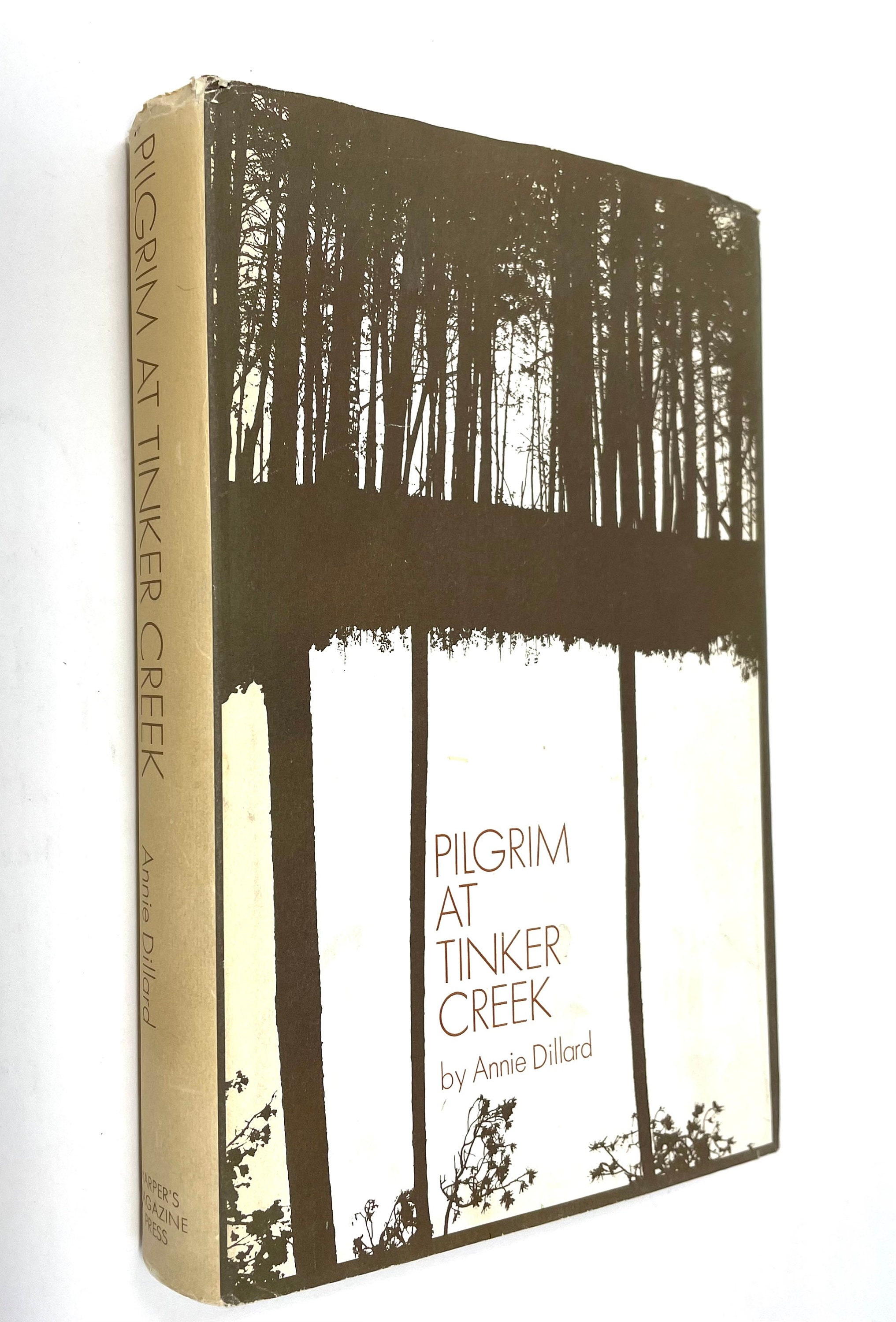
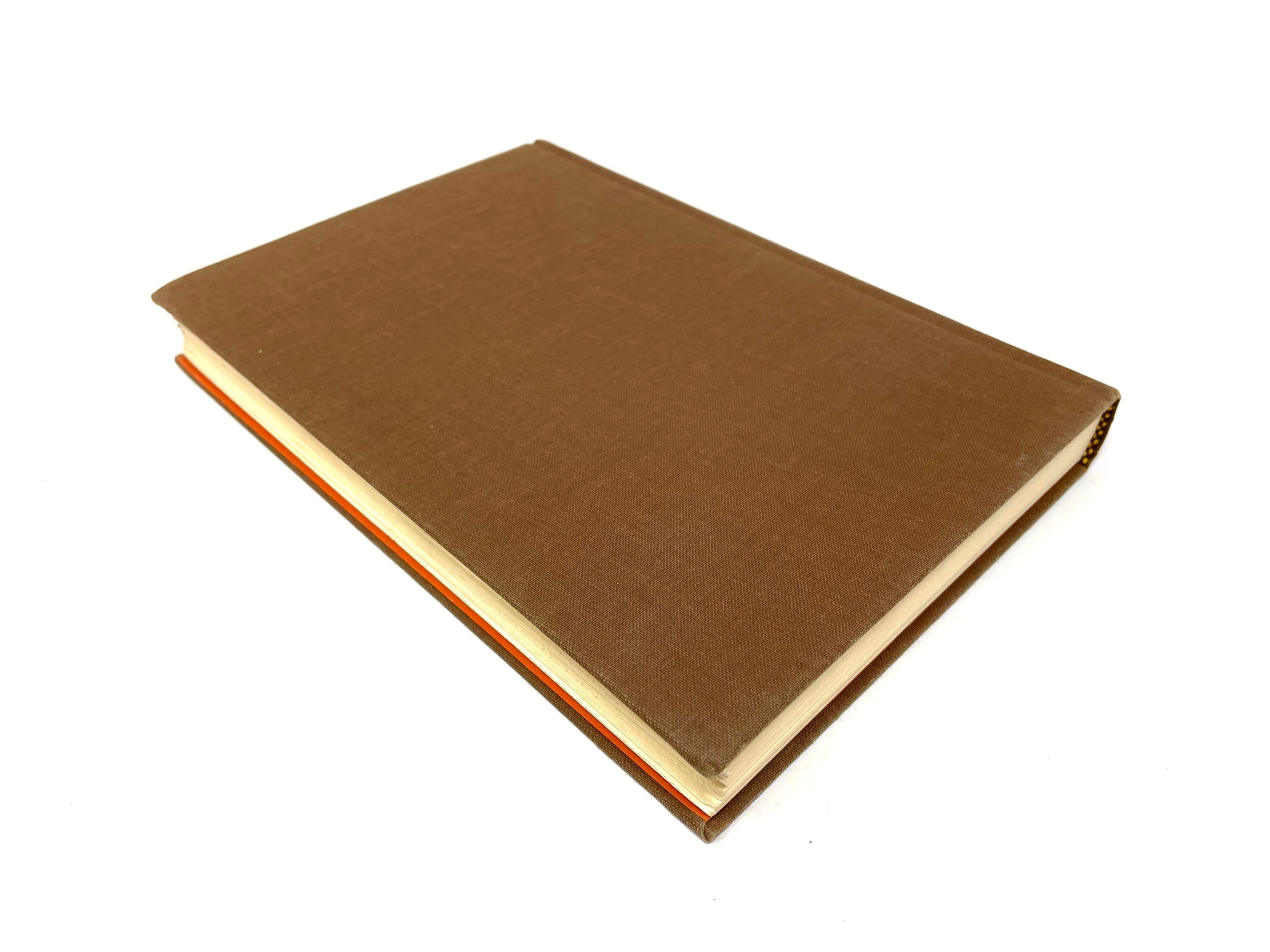
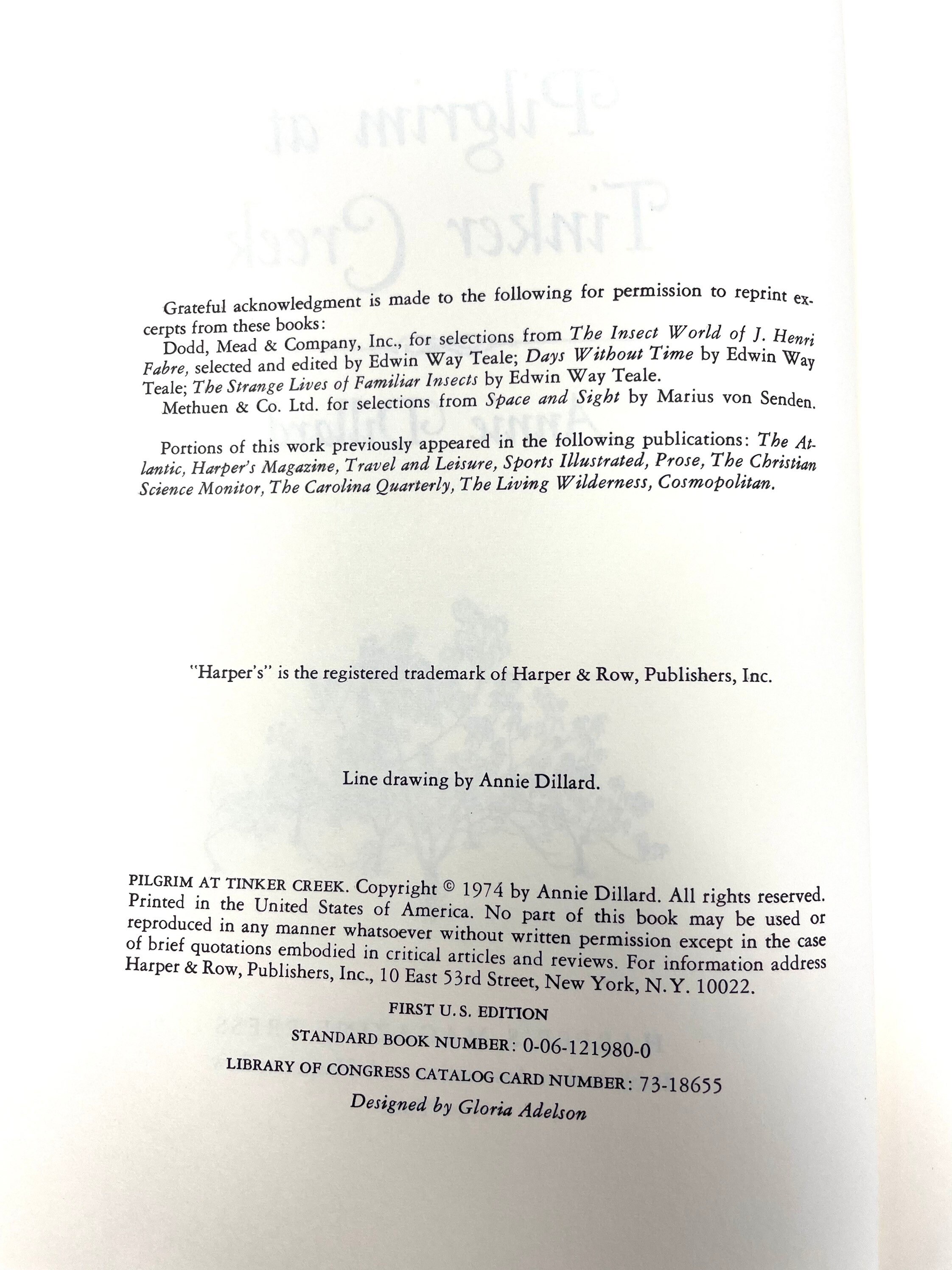
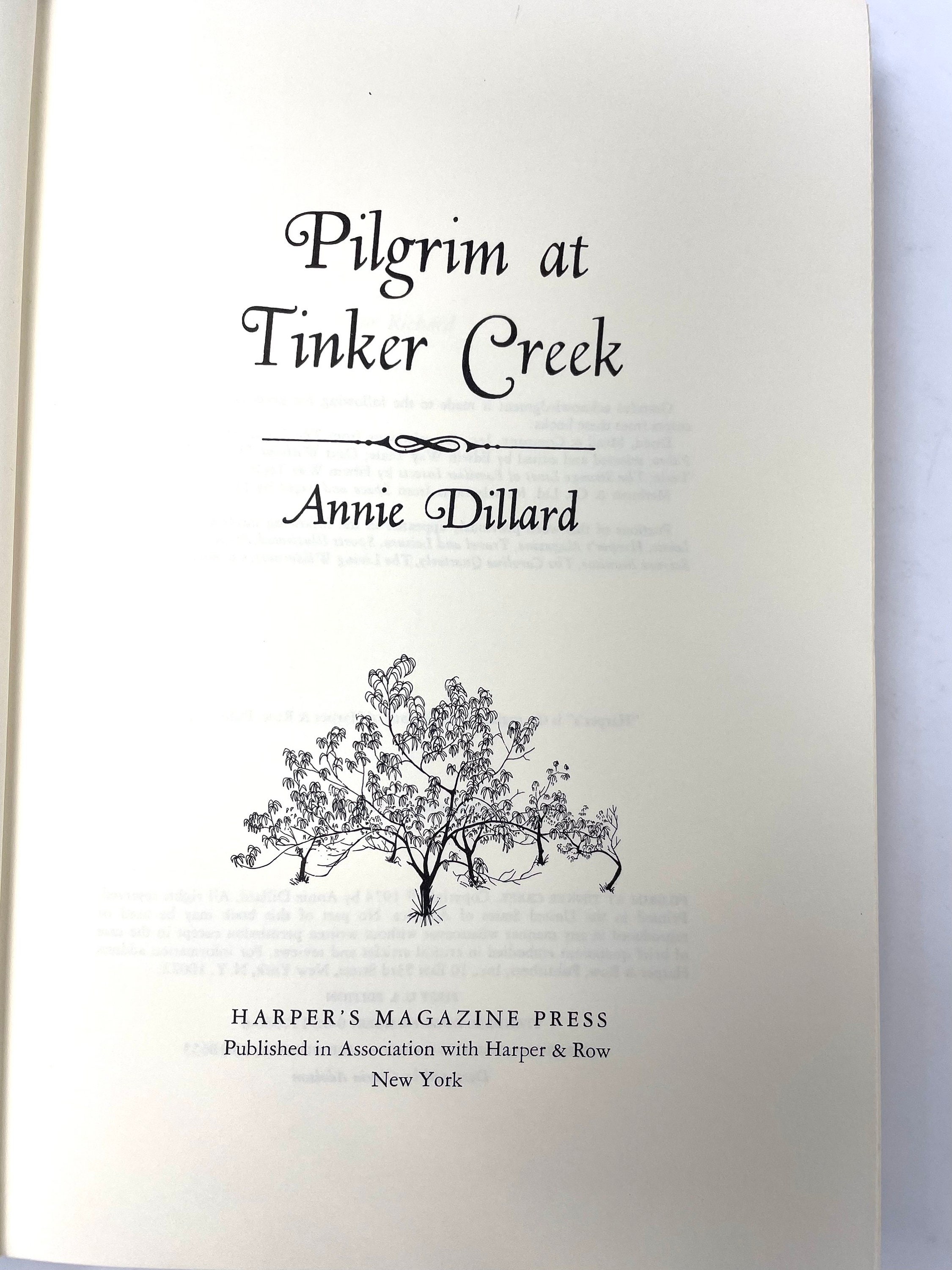
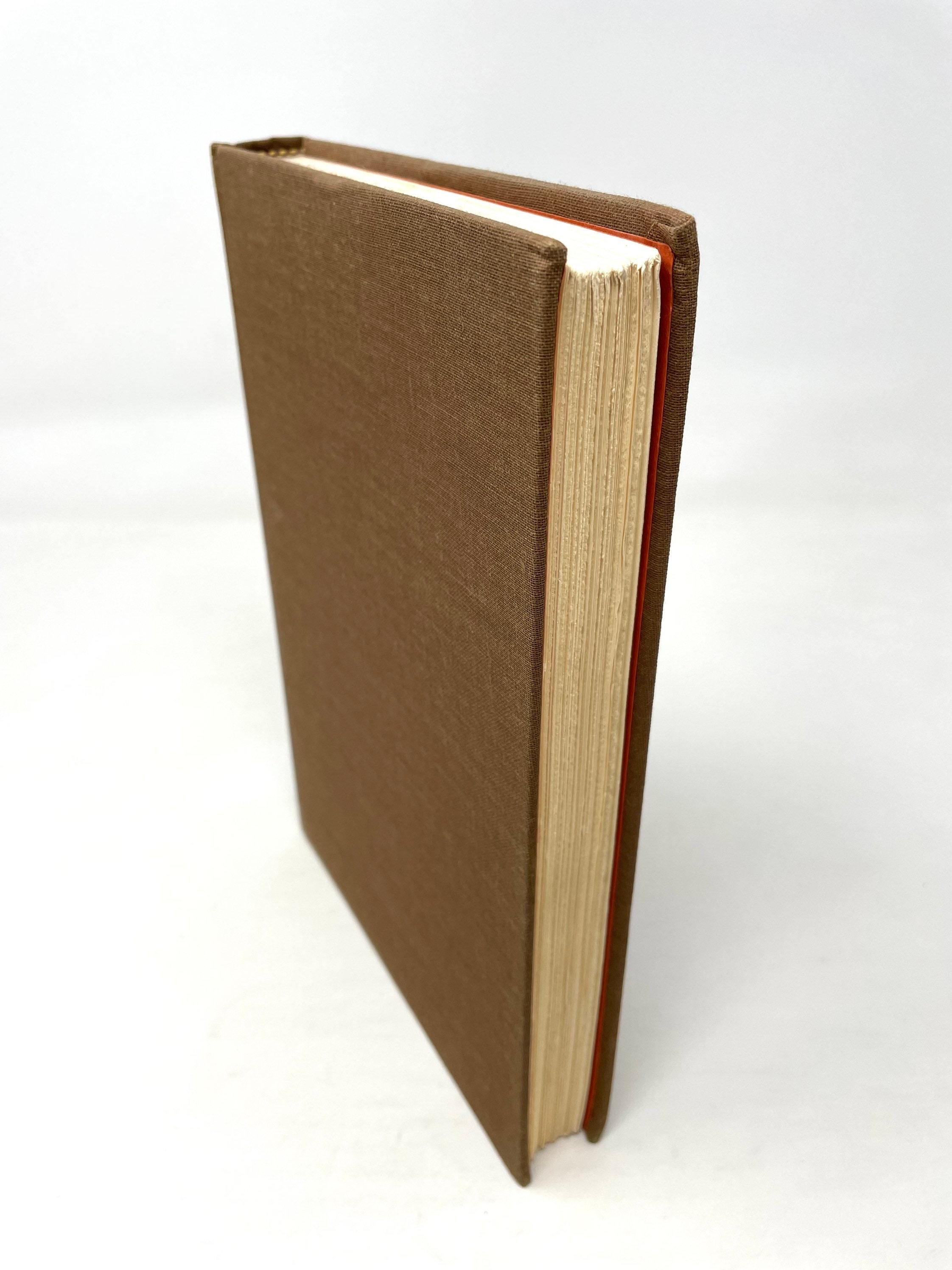
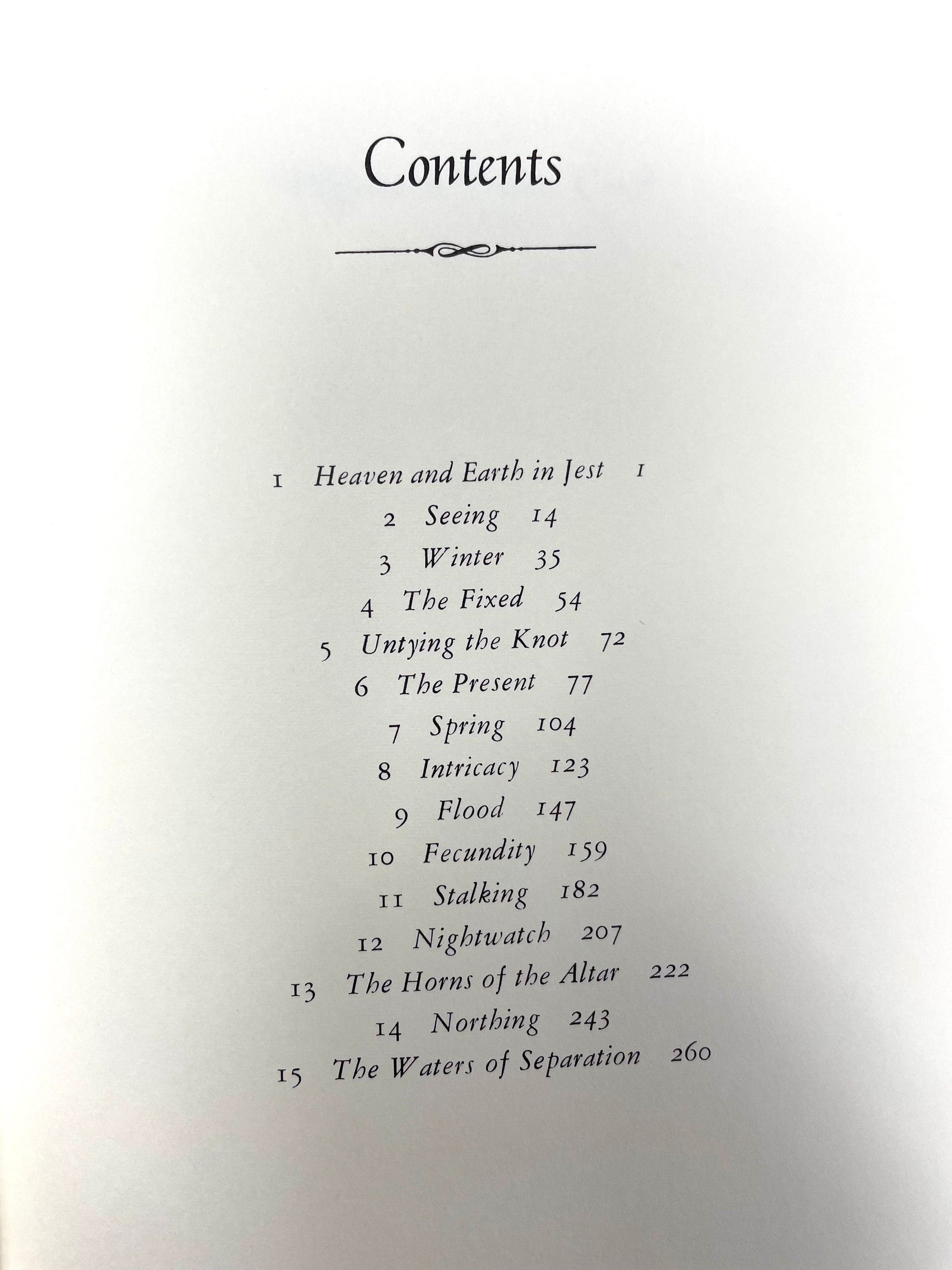
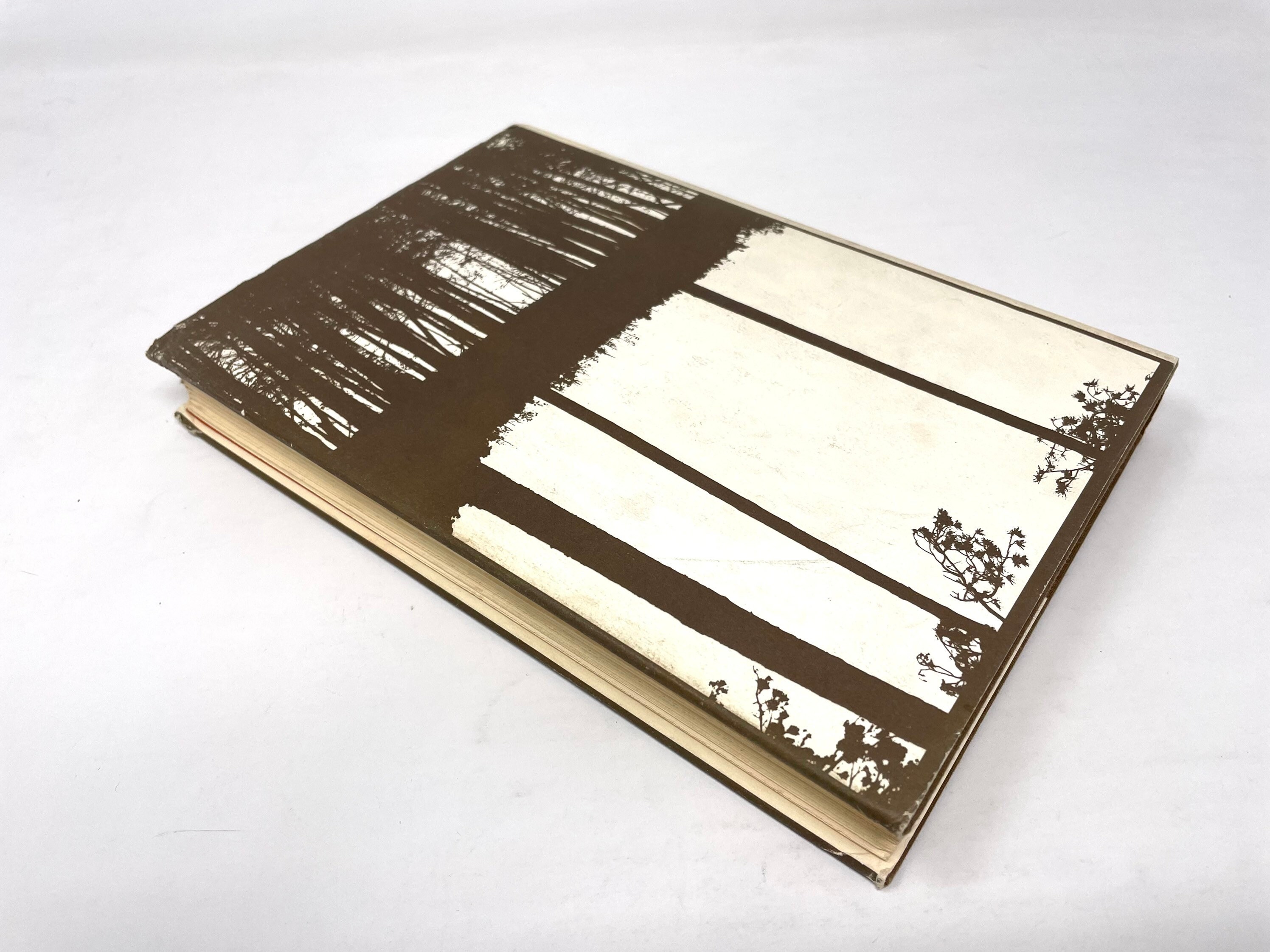
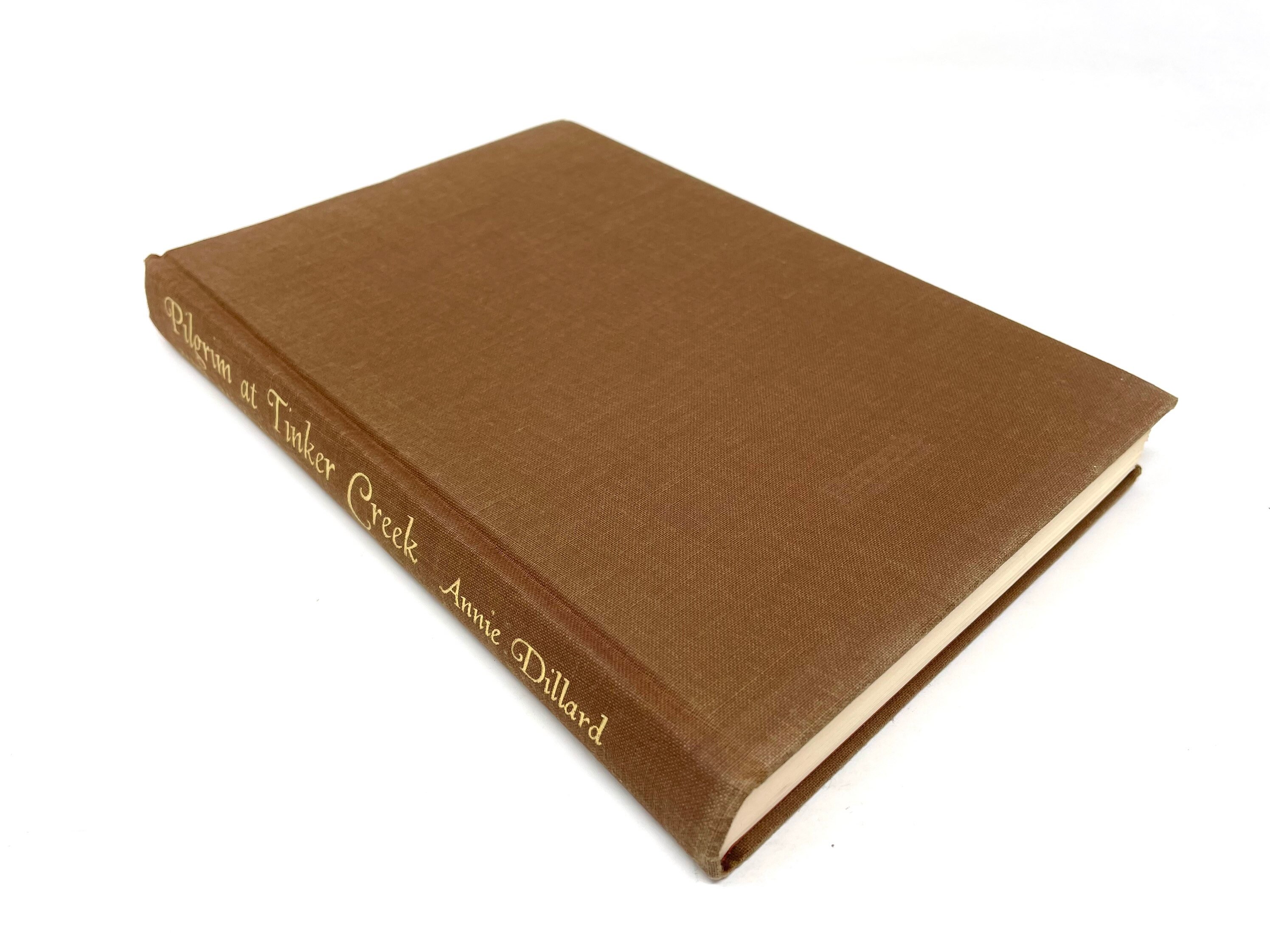
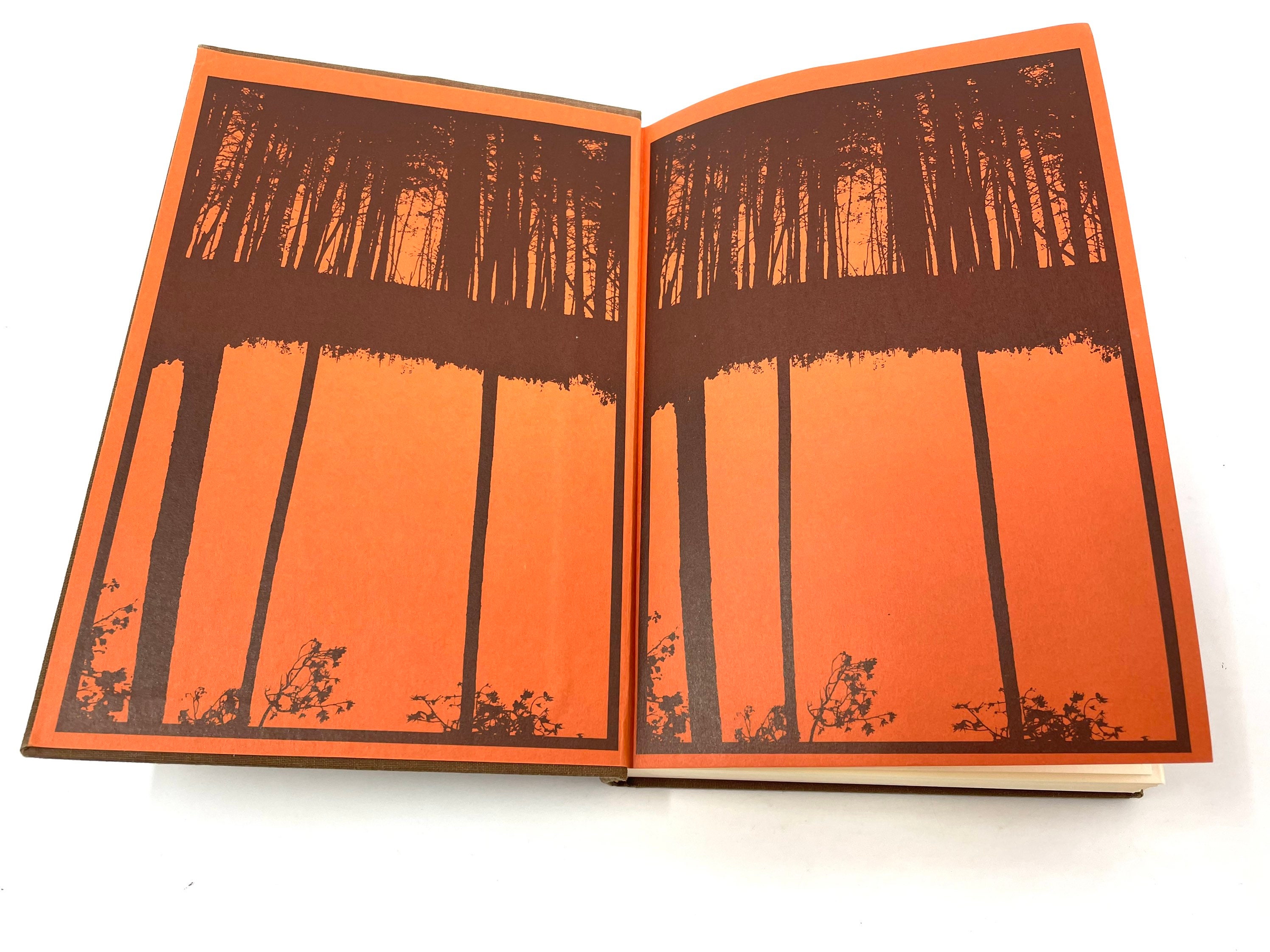
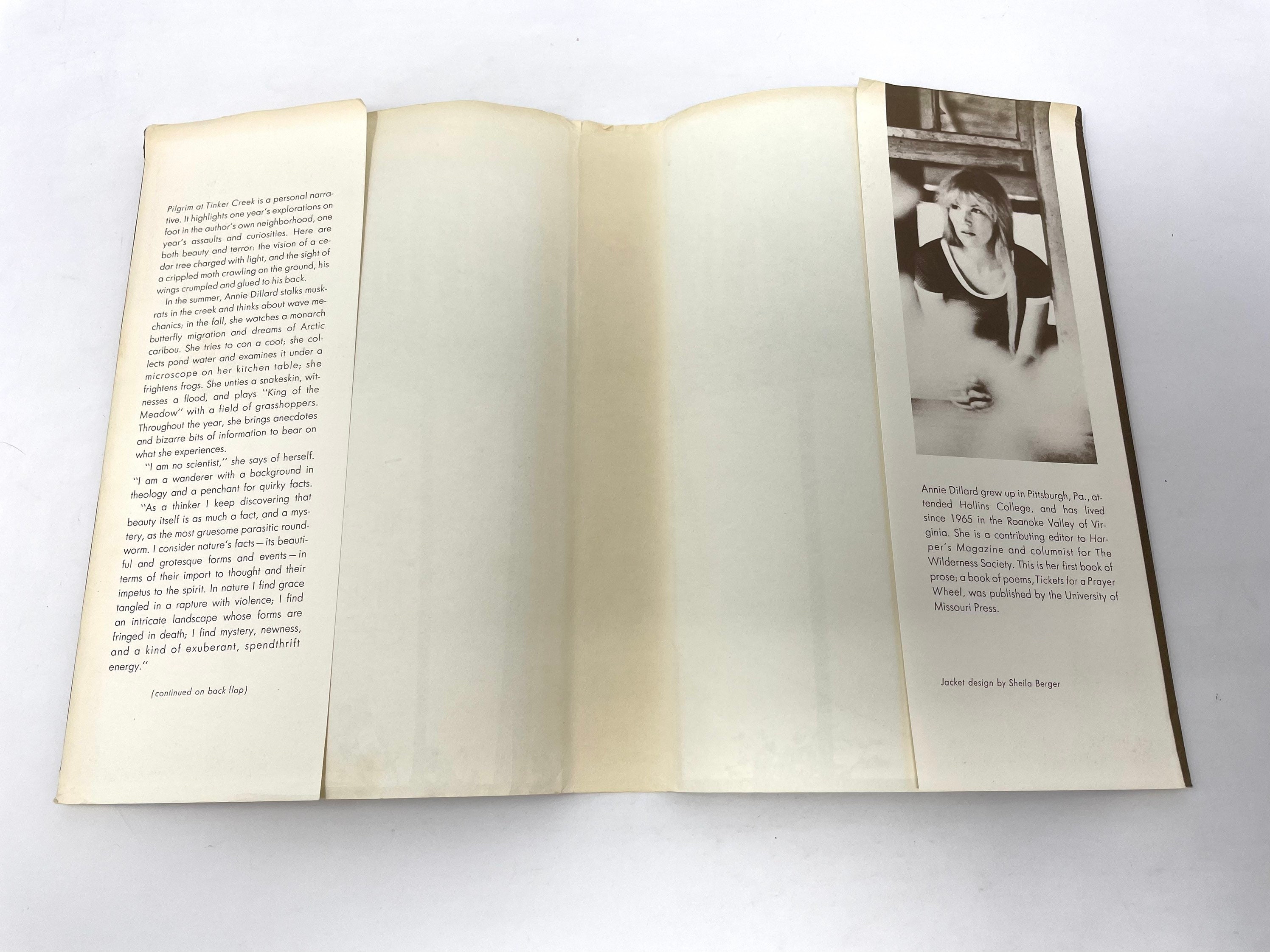
$108.75 $145.00
Pilgrim at Tinker Creek~Annie Dillard~Stated First Edition~1974~Harper’s Magazine Press~Very Good Condition~Rare~Free Shipping.
This is an excellent copy of the first edition of Pilgrim at Tinker Creek by Annie Dillard. No markings or inscriptions. Tight binding. Clean pages. Minor shelf wear on the dust jacket. A classic that would make a great collectible gift book!
Annie Dillard (born April 30, 1945) is an American author, best known for her narrative prose in both fiction and non-fiction. She has published works of poetry, essays, prose, and literary criticism, as well as two novels and one memoir. Her 1974 work Pilgrim at Tinker Creek won the 1975 Pulitzer Prize for General Nonfiction. From 1980, Dillard taught for 21 years in the English department of Wesleyan University, in Middletown, Connecticut.
Dillard’s journals served as a source for Pilgrim at Tinker Creek (1974), a nonfiction narrative about the natural world near her home in Roanoke, Virginia. Although the book contains named chapters, it is not (as some critics assumed) a collection of essays. Early chapters were published in The Atlantic, Harpers, and Sports Illustrated. The book describes God by studying creation, leading one critic to call her “one of the foremost horror writers of the 20th Century.” In The New York Times, Eudora Welty said the work was “admirable writing” that reveals “a sense of wonder so fearless and unbridled... [an] intensity of experience that she seems to live in order to declare,” but “I honestly don’t know what [Dillard] is talking about at... times.”
Pilgrim at Tinker Creek is a 1974 nonfiction narrative book by American author Annie Dillard. Told from a first-person point of view, the book details an unnamed narrator’s explorations near her home, and various contemplations on nature and life. The title refers to Tinker Creek, which is outside Roanoke in Virginia’s Blue Ridge Mountains. Dillard began writing Pilgrim in the spring of 1973, using her personal journals as inspiration. Separated into four sections that signify each of the seasons, the narrative takes place over the period of one year.
The book won the 1975 Pulitzer Prize for General Non-Fiction. Dillard was 29.
The book records the narrator’s thoughts on solitude, writing, and religion, as well as scientific observations on the flora and fauna she encounters. Touching upon themes of faith, nature, and awareness, Pilgrim is also noted for its study of theodicy and the inherent cruelty of the natural world. The author has described it as a “book of theology”, and she rejects the label of nature writer. Dillard considers the story a “single sustained nonfiction narrative”, although several chapters have been anthologized separately in magazines and other publications. The book is analogous in design and genre to Henry David Thoreau’s Walden (1854), the subject of Dillard’s master’s thesis at Hollins College. Critics often compare Dillard to authors from the Transcendentalist movement; Edward Abbey in particular deemed her Thoreau’s “true heir”.
Pilgrim at Tinker Creek was published by Harper’s Magazine Press shortly after Dillard’s first book, a volume of poetry titled Tickets for a Prayer Wheel. Since its initial publication, Pilgrim has been lauded by critics. It won the 1975 Pulitzer Prize for General Non-fiction, and in 1998 it was included in Modern Library’s list of 100 Best Nonfiction Books. - From Wikipedia
“From our book shelf to yours. Wishing you great reading.” Barbara and Michael
Our home is smoke free!
If you have any questions about this item, please feel free to convo us.
Each book in our collection has been hand selected by Barbara and Michael over many years of hunting for them. We hope you will find a special treasure to read or share.